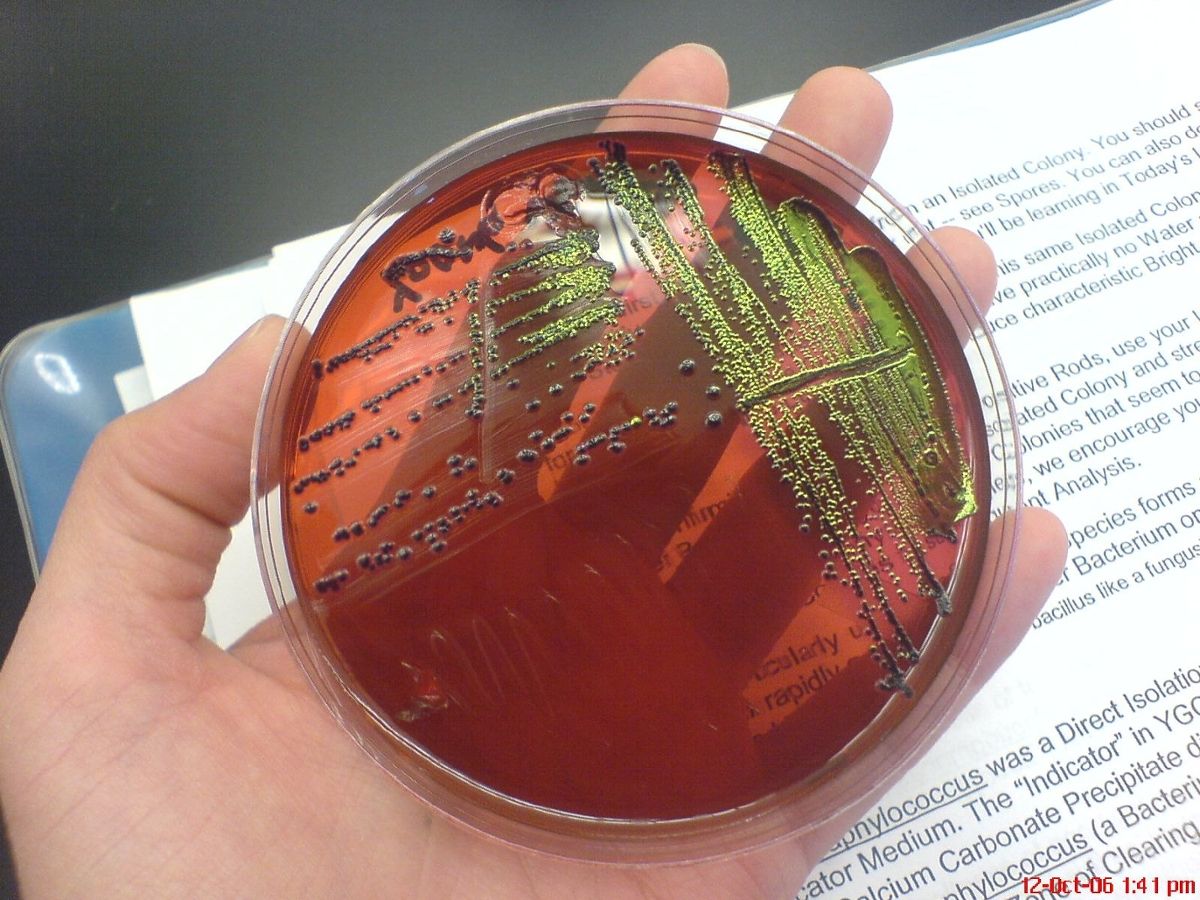We have all heard of the word ‘invasion,’ a term used to describe an unwelcome intrusion into another’s domain. ‘Biological invasion’ is a phenomenon that occurs when a foreign organism establishes within a community of organisms that it otherwise wouldn’t be associated with. But, invasion, particularly microbial invasion, isn’t always successful.
Researchers in the Netherlands have tested and observed the effect of microbial invasion by introducing E. coli, a common soil invader, to a native soil niche.
Now you may be thinking to yourself, what exactly is a ‘niche?’ Put simply, niche describes the space and conditions that allow for an organism to survive successfully.
When large numbers of E. coli were introduced to a soil microbial community, competition for common resources pushed some microbes out of their resident niche, forcing them to change the resources they used. In contrast, microbes that were not in competition with the invader increased in abundance.
However, the researchers also found evidence for a ‘diversity-invasion effect,’ by measuring the diversity of microbes within the disturbed niche. The diversity-invasion effect described here indicated that higher diversity of the resident microbial community helped to resist microbial invasion.
Essentially, a more diverse community of resident microbes will more completely fill the niche space, offering less opportunity for invaders to get a hold. How’s that for teamwork?










